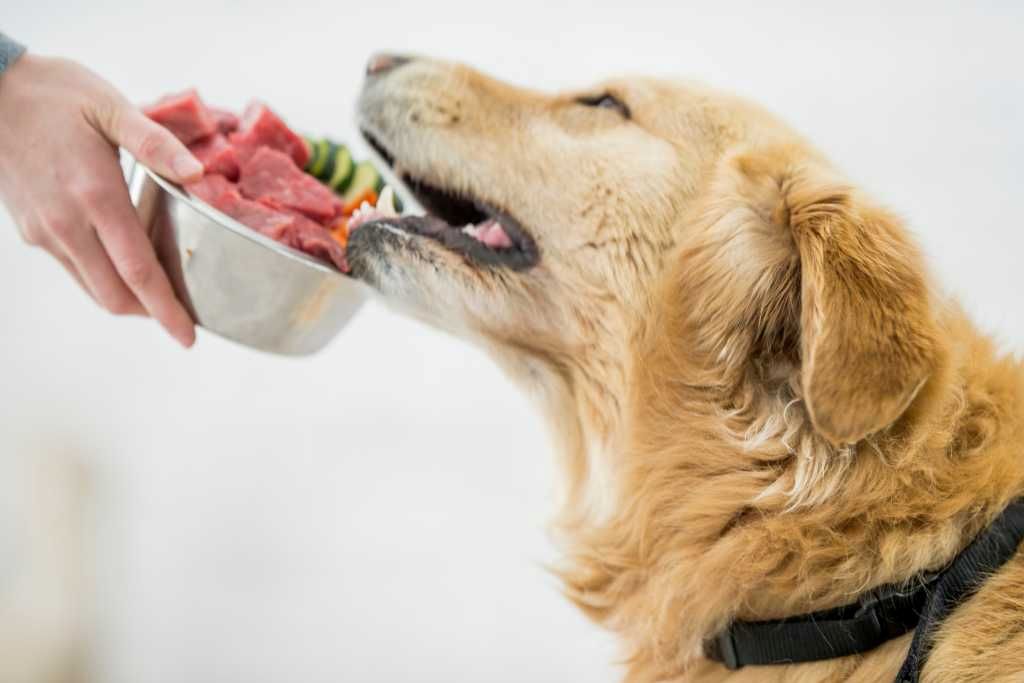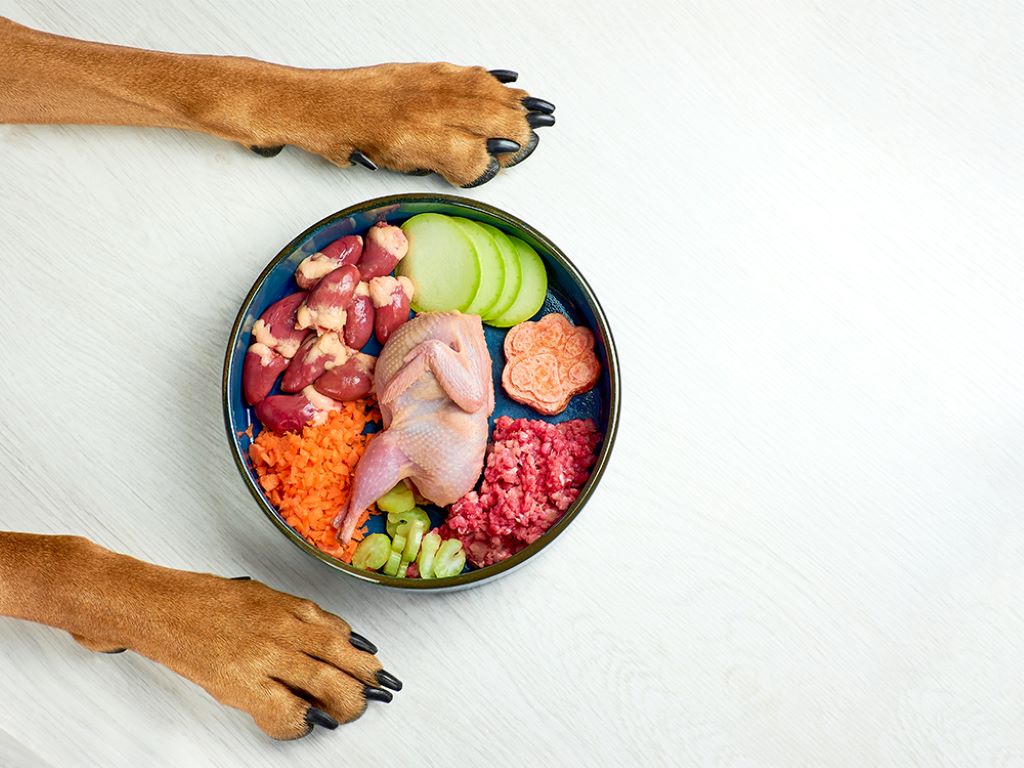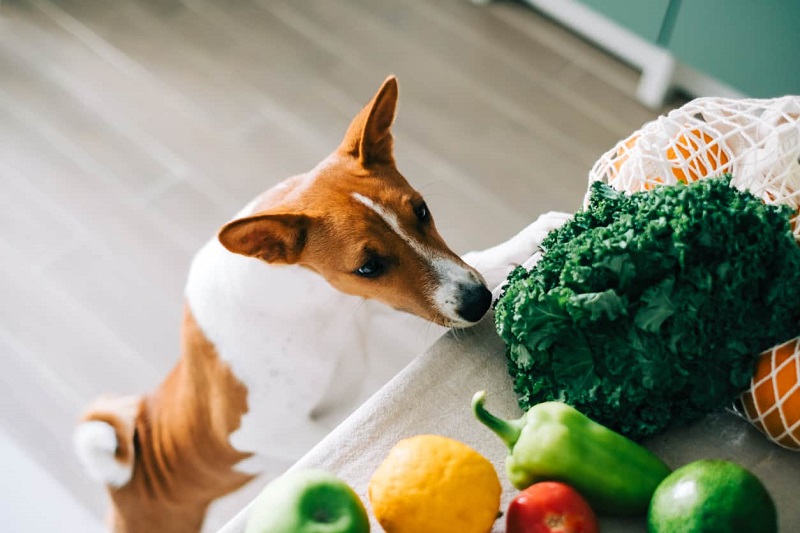A raw dog food diet, often called BARF (Biologically Appropriate Raw Food or Bones And Raw Food), has gained popularity for its potential to mimic a dog’s ancestral eating habits. It promises numerous benefits, including shinier coats, healthier skin, increased energy, and improved digestion. However, it’s crucial to understand that a successful raw diet hinges on providing the right balance of nutrients.
The Foundation of a Balanced Raw Dog Food
While there isn’t a single “top 0” list, a raw diet should include a variety of components to ensure your dog receives all the necessary nutrients:
- Muscle Meat (50-80%): This forms the bulk of the diet and provides essential protein and amino acids. Choose lean cuts like chicken, turkey, beef, lamb, or fish. Organ meats (liver, kidney, heart) should make up about 10% of the muscle meat portion.
- Edible Bone (10-20%): Raw, meaty bones are an excellent source of calcium and phosphorus, crucial for strong bones and teeth. They also provide mental stimulation for your dog. Choose bones appropriate for your dog’s size and chewing ability (chicken wings, necks, or backs for smaller dogs; larger bones for larger breeds).
- Organs (5-10%): Organs like liver, kidney, and spleen are nutritional powerhouses packed with vitamins, minerals, and enzymes.
- Fruits and Vegetables (10-15%): While dogs are primarily carnivores, adding some fruits and vegetables offers fiber, antioxidants, and additional vitamins. Opt for safe options like blueberries, carrots, broccoli, and spinach.
- Additional Supplements (Optional): Depending on your dog’s specific needs, you may want to include supplements like fish oil for omega-3 fatty acids or a probiotic for digestive health. Consult your veterinarian for guidance.
Important Considerations
- Quality: Choose high-quality, human-grade ingredients from reputable sources. Ensure the meat is fresh and the bones are suitable for your dog’s size.
- Balance: The percentages mentioned are a general guideline. Work with your veterinarian or a canine nutritionist to tailor the diet to your dog’s breed, age, activity level, and health status.
- Safety: Handle raw meat carefully to avoid cross-contamination. Thaw frozen meat in the refrigerator, not on the counter.
- Transition: Introduce the raw diet gradually to allow your dog‘s digestive system to adapt.
- Monitor: Keep a close eye on your dog’s overall health and energy levels. Regular checkups with your veterinarian are essential.
Benefits and Risks of a Raw Dog Food Diet

A well-balanced raw dog food can offer numerous benefits, but it’s important to be aware of the potential risks:
- Benefits: Improved digestion, healthier skin and coat, increased energy, reduced allergies, better dental health.
- Risks: Bacterial contamination (Salmonella, E. coli), nutritional imbalances if not formulated correctly, and potential for bone splinters or other injuries if bones are not chosen carefully.
Is a Raw Diet Right for Your Dog?
A raw dog food diet can be an excellent choice for many dogs, but it’s not suitable for every pet or owner. Consider your dog’s individual needs, your lifestyle, and your ability to prepare and handle raw food safely.
Always consult with your veterinarian before making any significant changes to your dog’s diet.
Related: Is Milk Good for a Dog?
Conclusion
Feeding your dog a raw dog food diet can be a rewarding way to nourish their body and mind. However, it requires careful planning, research, and commitment to ensure your canine companion thrives on this dietary approach. By understanding the essential ingredients and following safe handling practices, you can create a balanced raw diet that supports your dog’s overall health and well-being.




